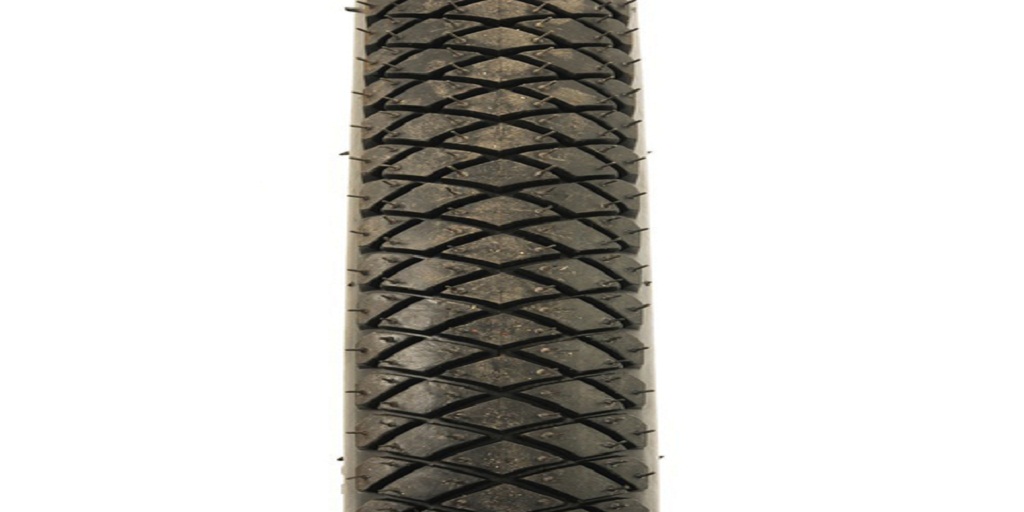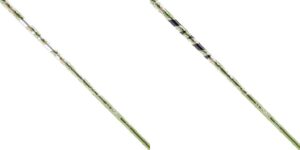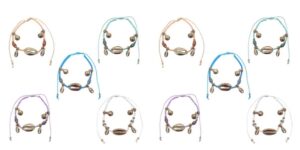
There are two main items that you should allow to influence the size of the unicycle you buy. Your own measurements, specifically your inseam length, and your intended purpose for the unicycle are the most important factors that will determine or be influenced by tire size. However, a third, personal preference, occasionally enters the debate. Don’t let this last one turn you away from a unicycle with a 32 inch tire.
While your inseam measurements are basically a fixed input, your intended purposes for the unicycle are not. Some general observations about tire sizes are as follows. Small tires afford less rotational momentum; they are easier to stop and start and create a unicycle that is fairly agile and maneuverable.
However, the top speed of a unicycle is also limited by the size of its tires, and as tire size increases, so does attainable top speed. In addition, larger tires are more effective at absorbing bumps, dips and inconsistencies in the road, allowing for a (potentially) more comfortable ride.
Beginner’s unicycles, which must accommodate smaller riders, tend to have commensurately smaller tires. Mountain unicycles straddle the middle ground; these tend to have tires somewhere between 24 and 29 inches. This gives them a good balance of handling and agility while allowing for higher speed on the larger end of the spectrum.
Then you have touring and commuting unicycles, which have some of the larger wheel sizes among one-wheelers. It is not uncommon for a touring unicycle to have a 28 or 29 inch tire, or for commuting unicycles to have tires that are even larger. Since the primary purpose of a commuting unicycle is to cover ground quickly and efficiently, tire size – larger tire size – is one of the more important features.
Commuter unicycles, specifically, could have tire sizes of 36 inches or potentially even larger. This enables riders to more efficiently cover ground and to attain higher top speeds when desired. But what about the 32 inch tire? It’s often overlooked for tire sizes that straddle it on the larger and lower ends.
However, despite the fact that 32 inch tires might not be as popular as 29 inch or 36 inch tires, there is a wide gulf of potential between them, and 32 inch models deserve a little more time in the spotlight. Some may believe that the handling is superior with a 29 inch tire, which may be true, but handling is very similar, so it comes down to speed.
One might assume that a unicycle with a 32 inch tire is only insignificantly faster than one with a 29 inch model, while a unicycle with 36 inch tires is significantly faster, in turn. This is not entirely true, however. While 32 inch tires handle similarly to 29 inch tires, making them agile and responsive, they are faster by about 2 to 3 miles per hour, when piloted by an experienced rider.
Interestingly, they are only slightly slower than 36 inch tires, by only about a mile per hour or so. This gives unicycles with 32 inch tires better handling than those with larger tires, paired with the benefits of higher potential top speed.
Interested in exploring options in unicycles with 32 inch tires? Visit the authority in the field, Unicycle.com, where you will find unicycles of all sizes, suitable for beginners and experienced riders alike. Check their website first and if you need help in your search, get in contact with them at 678-494-4962.


